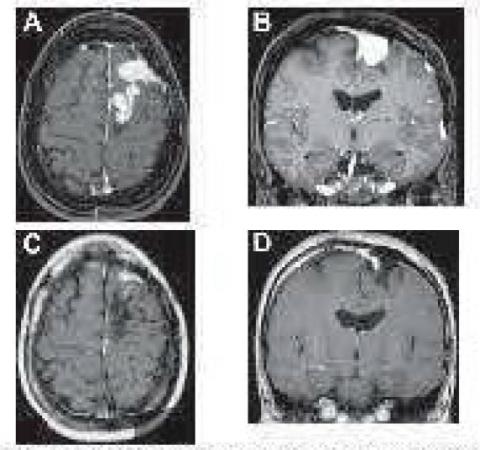Usted está aquí
Peruvian Journal of Neurosurgery
Stereotactic Radiosurgery in Intracranial Meningioma
ABSTRACT
The meningioma has the second place in frequency between the intracranial tumors. The best treatment is complete surgical resection with resection of its dural insertion and areas of cranial invasion. In many cases this goal can be reached with minimal and reasonable morbidity, but in others, and despite the recent advances in microsurgical techniques, the eloquence of the region where the tumor sits leads to morbidity rates of 12 to 30% or to resection In order to preserve neurological function. In those cases in which complete resection can be achieved, the recurrence rates expected at 5 and 10 years are 5 and 10%, respectively. Usually, after microsurgery, some modality of radiation therapy is indicated for the management of the residual tumor, be it radiosurgery based on linear accelerator or LINAC, gamma knife, proton beams or conventional fractional external radiotherapy.
At present, due to its high rate of tumor control and low complications, stereotactic radiosurgery has become a reasonable therapeutic alternative, especially for meningiomas of the skull base. In the present article we briefly review the results of microsurgery and radiosurgery in its aspects of indications, radiobiology, dosimetry, and results.



